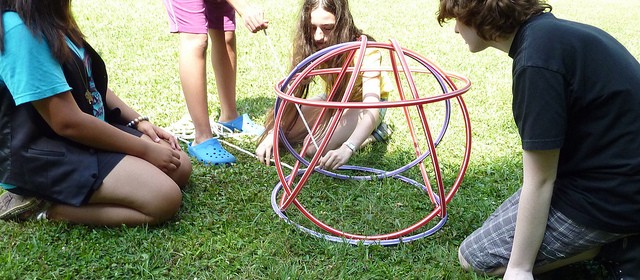1: Rhetorical Composition

Students compose texts in multiple genres, using multiple modes with attention to rhetorical situations.
Through composing a variety texts and using a number of composing technologies, students demonstrate understanding of audience, purpose, and constraints.
They use and adapt generic conventions, including organization, development, and style.
(image credit: “102” by Flickr user George Williams)



